Click on images to enlarge
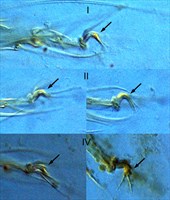
Fig. 1. Tetranychus piercei adult female (non-type; The Philippines) - detail of minute dorsal spur on empodia (indicated by arrows).
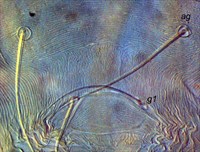
Fig. 2. Tetranychus piercei adult female (non-type; The Philippines) - detail of the pattern of pregenital striae = longitudinal with broken striae anteromesally (note that the pattern can become weaker mesally).
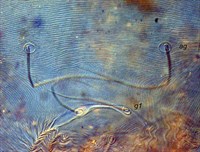
Fig. 3. Tetranychus piercei adult female (non-type; The Philippines) - detail of the pattern of pregenital striae = longitudinal with broken striae anteromesally (note that the pattern can become weaker mesally).

Fig. 4. Tetranychus piercei adult female (non-type; The Philippines) - detail of the pattern of pregenital striae = longitudinal with broken striae anteromesally (note that the pattern can become weaker mesally).
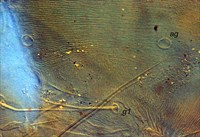
Fig. 5. Tetranychus piercei adult female (non-type; The Philippines) - detail of the pattern of pregenital striae = longitudinal with broken striae anteriorly (note that the pattern can become weaker mesally).
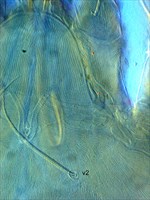
Fig. 6. Tetranychus piercei adult female (non-type; The Philippines) - detail of peritreme.
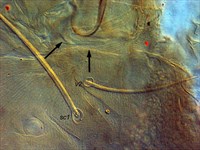
Fig. 7. Tetranychus piercei adult female (non-type; The Philippines) - detail of peritreme (indicated by arrows).
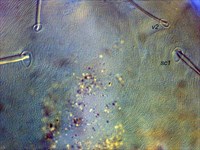
Fig. 8. Tetranychus piercei adult female (non-type; The Philippines) - detail of the pattern of prodorsal striae (n.b. striae pattern rounded U-shape posteriorly).
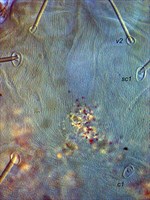
Fig. 9. Tetranychus piercei adult female (non-type; The Philippines) - detail of the pattern of prodorsal striae (n.b. striae pattern squared U-shape posteriorly).
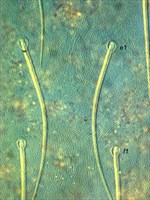
Fig. 10. Tetranychus piercei adult female (non-type; The Philippines) - detail of the pattern of dorsal striae between setae e1 and f1 (classic diamond shape = e1-e1 longitudinal, e1-f1 transverse, f1-f1 longitudinal).
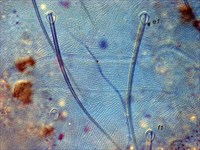
Fig. 11. Tetranychus piercei adult female (non-type; The Philippines) - detail of the pattern of dorsal striae between setae e1 and f1 (= classic diamond shape); note that striae between e1-e1 are oblique to longitudinal.
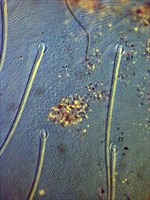
Fig. 12. Tetranychus piercei adult female (non-type; The Philippines) - detail of the pattern of dorsal striae between setae e1 and f1 (classic diamond shape = e1-e1 longitudinal, e1-f1 transverse, f1-f1 longitudinal).
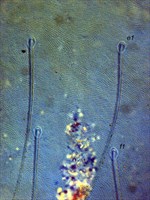
Fig. 13. Tetranychus piercei adult female (non-type; The Philippines) - detail of the pattern of dorsal striae between setae e1 and f1 (= diamond shape); note that striae between e1-e1 are mixed oblique to longitudinal.
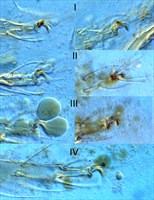
Fig. 14. Tetranychus piercei adult male (non-type; The Philippines) - detail of minute dorsal spur on empodia (indicated by arrows).
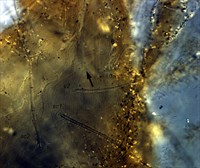
Fig. 15. Tetranychus piercei adult male holotype - detail of peritreme (indicated by arrow).
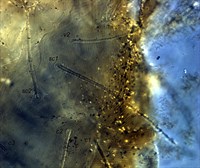
Fig. 16. Tetranychus piercei adult male holotype - detail of pattern of striae on prodorsum (mostly lateral aspect).
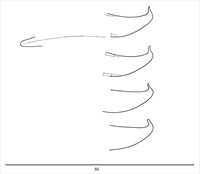
Fig. 17. Tetranychus piercei adult male holotype - detail of aedeagus (at different focal points). Note that it is difficult to determine the shape of the dorsal projection, and the interpretation of its shape changes with the focus point.
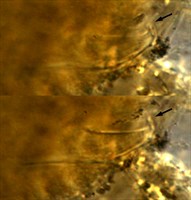
Fig. 18. Tetranychus piercei adult male holotype - detail of aedeagus (at different focal points). Note that it is difficult to determine the shape of the dorsal projection, and the interpretation of its shape changes with the focus point.
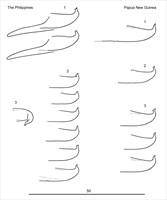
Fig. 19. Tetranychus piercei adult males (non-types) - detail of aedeagus (at different focal points). Note that it is difficult to determine the shape of the dorsal projection, and the interpretation of its shape changes with the focus point. Specimens from the type country The Philippines and from Papua New Guinea.
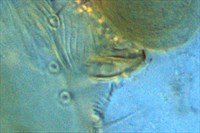
Fig. 20. Tetranychus piercei adult male (non-type; The Philippines) - detail of aedeagus; same individual as #2 in Fig. 19 (n.b. aedeagus is not flat - shape distorted).
Material examined
holotype; non-types from The Philippines
Taxonomy
Subfamily Tetranychinae
Tribe Tetranychini
Common Name
none
Distribution
++Australia, *The Philippines
Taxonomy Changes
none
Diagnosis
Female
- tarsus II with the sockets of three tactile setae and one solenidion proximal to, and three tactile setae overlapping, the socket of the duplex seta
- ventral striae with small lobes between genital region and setae 4a
Male
Hosts
This species has been recorded on more than 80 host species, including many Convolvulaceae, Cucurbitaceae, Euphorbiaceae and Fabaceae.
The type host is *Clitoria ternatea (Fabaceae).
References
Migeon, A. and Dorkeld, F. (2006-2017) Spider Mites Web: a comprehensive database for the Tetranychidae. http://www.montpellier.inra.fr/CBGP/spmweb
*McGregor, E.A. (1950) Mites of the family Tetranychidae. American Midland Naturalist 44: 257-420
Notes
++ Specimens identified as Tetranychus piercei have been collected from several islands in the Torres Straight from as early as 1983 on cassava, Manihot esculenta (Euphorbiaceae) (specimens in Queensland Musuem).
There is a range of variation in the shape of the aedeagus in non-type specimens identified as T. piercei.
Copyright © 2018. All rights reserved.